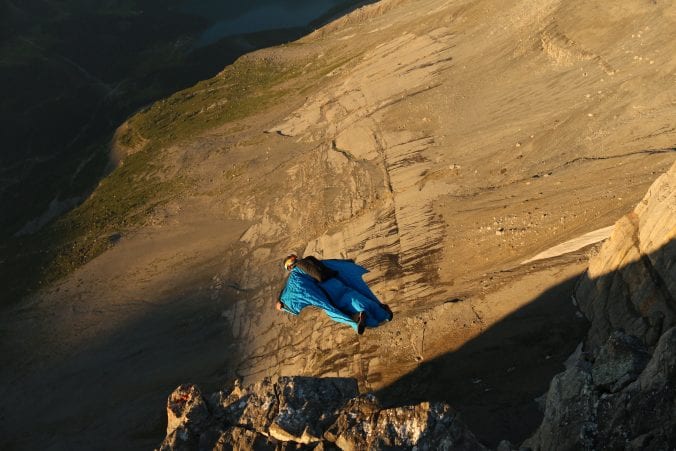Ailsa Harvey
The extreme sport of BASE jumping derives from skydiving and involves jumping from fixed objects as opposed to jumping from a plane, high in the sky. This element makes the sport even more dangerous as there is less time to complete the jump from the lower altitude.
Participants in this sport leap from their chosen structure, and free-fall to the ground below. They aim to deploy their safety parachute at the last possible moment. With the high risk involved and the small margin for error, it is clear to see how the sport has earned its extreme sport title. B.A.S.E is an acronym, standing for the four categories of fixed objects BASE jumpers can use:
B- Buildings
A- Antennas
S- Spans (bridges)
E- Earth (cliffs)
Buildings are said to be the trickiest of the four as many have restricted access. Jumping from antennas can be more popular because they are as tall as some buildings but are easier to access and can be found in more remote areas such as fields or deserts. Spans, also known as bridges, are ideally wide. Additionally, they should cross over a deep canyon or gorge so that there is substantial time for the jump and the opening of the canopy. The final category, Earth, includes any natural formation that is large and tall enough to jump from: cliffs, mountains with steep drops and canyons.
People have been jumping from fixed objects for over 900 years. While this aspect of the jump remains the same, modern BASE jumping begins with an unopened parachute. In the past many jumping attempts were made with pre-inflated parachutes. The advancement in technology allowed people to travel higher, with air balloons and aircraft later on. Thrill seekers then turned their attention to what is now known as skydiving.
BASE Jumping popularity re-emerged by the 1960s when some jumpers looked for more of a challenge and an increased adrenaline rush. Many returned to this original form of jumping and it has continued to gain popularity.
Did you know…
– The most famous bridge for BASE Jumping is the New River Gorge Bridge in West Virginia, USA. This bridge is open exclusively for legal BASE jumps, one day a year, at a local festival called ‘Bridge Day’.
– El Capitan is a rock formation in Yosemite Park which is considered by many BASE jumpers to be the spiritual birthplace of the extreme sport.
– The name ‘BASE Jumping’ was given to the activity by a freefall cinematographer and daredevil Carl Boenish. Carl induced modern BASE jumping, filming the first of these jumps in 1978.
– In 2006 Captain Daniel G. Schilling made it into the Guinness World Records for the most BASE jumps completed in 24 hours, jumping from the Perrine Bridge in Idaho an astonishing 201 times.
Would you take the leap into BASE Jumping? Let us know what you think in the comments.



Leave a Reply